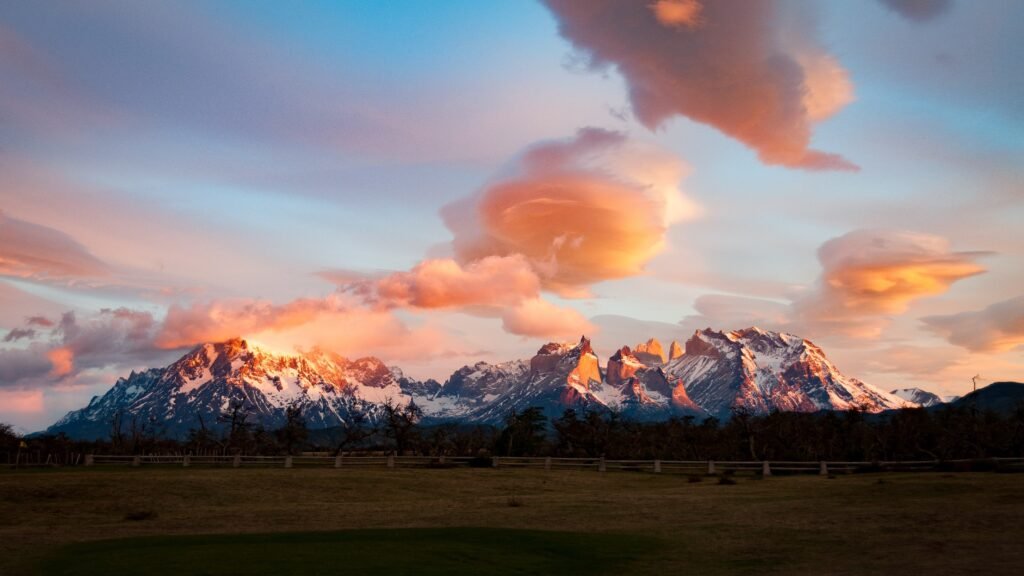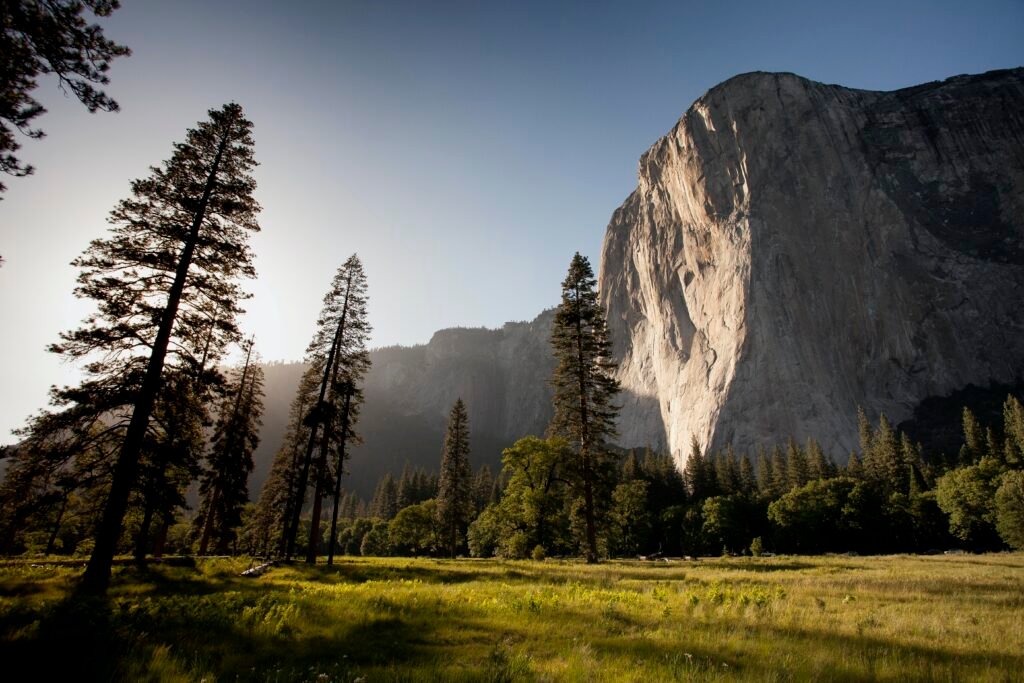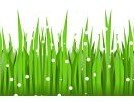Landscaping fabric is a commonly used material in gardening and landscaping to control weed growth and promote better plant health. However, there has been an ongoing debate surrounding its potential impact on grass. With concerns about whether or not landscaping fabric will kill grass, gardeners and homeowners are left wondering about the best approach to maintain a well-manicured lawn. In this article, we will delve into the pros and cons of using landscaping fabric and provide valuable insights on its effects on grass growth, helping you make an informed decision for your landscaping needs.
The Purpose of Landscaping Fabric
Landscaping fabric serves two primary purposes: preventing weed growth and retaining moisture in the soil. By creating a barrier between the soil and the external environment, landscaping fabric helps in maintaining a well-maintained and aesthetically pleasing landscape.
Prevents Weed Growth
One of the main reasons why landscapers and gardeners use landscaping fabric is to combat weed growth. Weeds can quickly invade garden beds and compete with plants for nutrients, water, and sunlight. Landscaping fabric acts as a physical barrier that prevents weed seeds from germinating and establishing roots in the soil. This significantly reduces the amount of time and effort required for weeding, allowing you to focus on the healthy growth of your plants.
Retains Moisture in the Soil
Another benefit of using landscaping fabric is its ability to retain moisture in the soil. By covering the soil surface, the fabric helps reduce evaporation, keeping the moisture levels consistent. This is particularly beneficial in arid regions or during periods of drought when water conservation is crucial. Additionally, retaining moisture promotes the healthy growth of plants and mitigates the need for excessive watering, leading to cost savings and environmental sustainability.
The Effect on Grass Health
While landscaping fabric can be an effective tool for overall landscape maintenance, it can have adverse effects on grass health if not used properly.
Potential Damage to Grass Roots
When landscaping fabric is installed incorrectly, it can cause damage to grass roots. If the fabric is tightly secured around the base of the grass, it may restrict root growth and prevent proper nutrient uptake. This can lead to weak and shallow root systems, making the grass susceptible to stress, diseases, and even death.
Decreased Nutrient Absorption
Another concern related to landscaping fabric’s impact on grass health is decreased nutrient absorption. Grass obtains essential nutrients through its root system, and if the fabric restricts the roots’ access to these nutrients, it can result in malnourishment and overall poor health. This may manifest as yellowing, stunted growth, and reduced vigor.

Benefits of Using Landscaping Fabric
Despite the potential negative effects on grass health, landscaping fabric offers several advantages when used correctly.
Weed Prevention
As mentioned earlier, one of the primary benefits of using landscaping fabric is weed prevention. By forming a barrier between weed seeds and the soil, the fabric inhibits weed growth, reducing the need for constant manual weeding or the use of herbicides. This not only saves time and effort but also promotes a cleaner and more visually appealing landscape.
Reduced Need for Herbicides
By effectively preventing weed growth, the use of landscaping fabric can significantly reduce the reliance on herbicides. Herbicides, although effective, can have detrimental effects on the environment and human health if used improperly or excessively. Using landscaping fabric as an alternative weed control method helps minimize the need for herbicides, resulting in a more sustainable and eco-friendly approach to landscaping.
Conserves Water
Water conservation is a crucial aspect of sustainable landscaping, and landscaping fabric contributes to this goal. By retaining moisture in the soil, the fabric reduces water evaporation, allowing the soil to stay hydrated for longer periods. This conservation of water resources not only saves money on irrigation but also reduces the overall environmental impact associated with excessive water usage.
Types of Landscaping Fabric
Two main types of landscaping fabric are commonly available: permeable fabric and non-permeable fabric. Each type has its own set of features and applications.
Permeable Fabric
Permeable landscaping fabric allows air, water, and nutrients to penetrate through its pores while still effectively controlling weed growth. This type of fabric is suitable for areas where adequate aeration and moisture absorption are essential for plant health. Permeable fabric is often used in plant beds, vegetable gardens, and flower pots, providing an ideal balance between weed prevention and necessary soil conditions.
Non-permeable Fabric
Non-permeable landscaping fabric, also known as plastic sheeting, completely blocks the passage of air, water, and nutrients. It is primarily used in scenarios where weed prevention is the main goal, such as under gravel walkways or in areas not designated for plant growth. Non-permeable fabric should be used sparingly and only in specific applications to avoid adverse effects on soil health and plant growth.

Installation Process of Landscaping Fabric
Proper installation of landscaping fabric is crucial to ensure its effectiveness and prevent potential damage to grass or plants. The following steps outline the general process of installing landscaping fabric:
Preparation of the Soil
Before installing the fabric, it is important to prepare the soil by removing any existing weeds, rocks, or debris. Loosen the soil using a garden fork or tiller to create a suitable environment for root growth. This step is essential for maximizing the benefits of the fabric and promoting healthy plant development.
Laying the Fabric
Roll out the landscaping fabric over the prepared soil surface, ensuring that it covers the entire area you want to protect from weeds. Overlap the ends and sides of the fabric by a few inches to prevent weed growth in the gaps between sheets. Trim off any excess fabric using scissors or a utility knife.
Securing the Edges
To prevent the fabric from shifting or being exposed, secure the edges by anchoring them with landscape pins or staples. Place the pins or staples every few feet along the fabric’s perimeter, ensuring a firm hold. Additionally, consider covering the fabric with a layer of mulch or decorative stones to further enhance its aesthetic appeal.
Common Mistakes in Using Landscaping Fabric
Despite the advantages of landscaping fabric, certain mistakes can hinder its effectiveness or cause unintended negative consequences.
Failure to Overlap Fabric Sheets
One common mistake is failing to overlap the fabric sheets adequately. If there are gaps between sheets, weeds may find their way through those openings, defeating the purpose of using the fabric. Ensure that each sheet overlaps with its neighboring sheet by at least a few inches to create a continuous barrier and prevent weed penetration.
Using the Wrong Type of Fabric for the Job
Using the wrong type of fabric is another common mistake in landscaping. It is essential to select the appropriate type of fabric based on the specific needs of your landscape. For instance, using non-permeable fabric in areas where plants require adequate moisture and oxygen can lead to detrimental effects on plant health. Always choose the fabric that best suits the intended purpose and environmental conditions of your landscape.

Alternatives to Landscaping Fabric
While landscaping fabric can be beneficial in certain situations, there are alternative methods that can also provide effective weed control and promote grass health.
Mulch
Mulch is a versatile and natural option for weed prevention and soil moisture retention. Organic mulches, such as wood chips or straw, not only inhibit weed growth but also provide added nutrients to the soil as they decompose. Mulching around grass or plant beds helps conserve moisture, regulate soil temperature, and enhance the overall health and aesthetics of the landscape.
Grass Seed
In areas where grass growth is desired, overseeding with appropriate grass seed varieties can be a practical alternative to landscaping fabric. By promoting grass growth and density, a lush and healthy lawn canopy can outcompete weeds, preventing their establishment. Proper lawn maintenance practices, such as regular mowing and fertilization, also contribute to weed suppression and grass health.
Natural Weed Barrier Plants
Another effective alternative to landscaping fabric is the use of natural weed barrier plants. Certain plant species, such as ground covers or non-invasive perennials, have dense foliage that suppresses weed growth by shading the soil surface. These natural barriers not only provide a visually appealing landscape but also contribute to biodiversity and ecosystem health.
Factors Affecting Grass Health
To maintain a healthy lawn, it is important to consider various factors that can influence grass growth and vitality.
Type of Grass
Different grass species have varying requirements for sunlight, water, and soil nutrients. Understanding the specific needs of your grass type is essential for proper maintenance. Whether you have warm-season or cool-season grass, consider factors such as shade tolerance, drought resistance, and overall growth habits when implementing landscaping solutions.
Soil Conditions
Soil composition, drainage, and pH levels greatly impact grass health. Conducting a soil test can provide valuable information about nutrient deficiencies or excesses, allowing you to amend the soil accordingly. Proper soil aeration, regular dethatching, and appropriate fertilization based on soil test results are key factors in maintaining healthy grass.
Maintenance Practices
Regular maintenance practices, such as proper mowing, watering, and fertilizing, play a crucial role in grass health. Mowing at the correct height for your grass type promotes strong root development and prevents stress. Adequate irrigation and appropriate fertilization ensure that the grass receives the nutrients and water it needs to thrive. Additionally, monitoring and addressing pest or disease issues promptly can help prevent prolonged damage to grass health.
Long-term Effects on Grass
Improper use of landscaping fabric over an extended period can lead to gradual thinning and decline of grass.
Gradual Thinning and Decline
When landscaping fabric restricts root growth or prevents proper nutrition absorption, grass health deteriorates over time. The grass may become thinner, patchy, and more susceptible to diseases and pests. The overall aesthetic appeal of the lawn may decline, compromising the intended purpose of utilizing landscaping fabric.
Reduced Grass Vigor
With reduced access to vital resources, grass may lose vigor and fail to recover from stress or damage. It will be more susceptible to issues like drought, excessive heat, or heavy foot traffic. Consequently, this can lead to increased costs and efforts in lawn rehabilitation or replacement.
Preventing Grass Damage
To prevent damage to grass caused by the use of landscaping fabric, it is crucial to follow proper inspection, maintenance, and installation practices.
Regular Inspection and Maintenance
Regularly inspect the grass and landscaping fabric to identify any signs of stress, damage, or weed intrusion. Promptly remove any weeds or grass encroaching on the fabric to prevent potential root damage or displacement. Proper maintenance practices, such as regular mowing, fertilizing, and watering, should be carried out to promote overall grass health.
Proper Installation and Removal of Fabric
When installing landscaping fabric, ensure that it is laid correctly, allowing room for grass roots to grow and absorb nutrients. Overlap fabric sheets adequately and secure the edges properly to minimize the risk of damage to the grass. When the fabric needs to be removed, take precautions not to disturb the grass roots or underlying soil. Gentle excavation or cutting around the roots can help preserve the grass’s integrity and prevent further damage.
In conclusion, landscaping fabric can serve as a valuable tool in maintaining a weed-free landscape and conserving soil moisture. However, it is essential to use the fabric correctly and consider alternative methods based on specific landscape needs. Understanding the potential impact on grass health and following proper installation and maintenance practices will help mitigate any negative effects and ensure a healthy and vibrant landscape for years to come.

